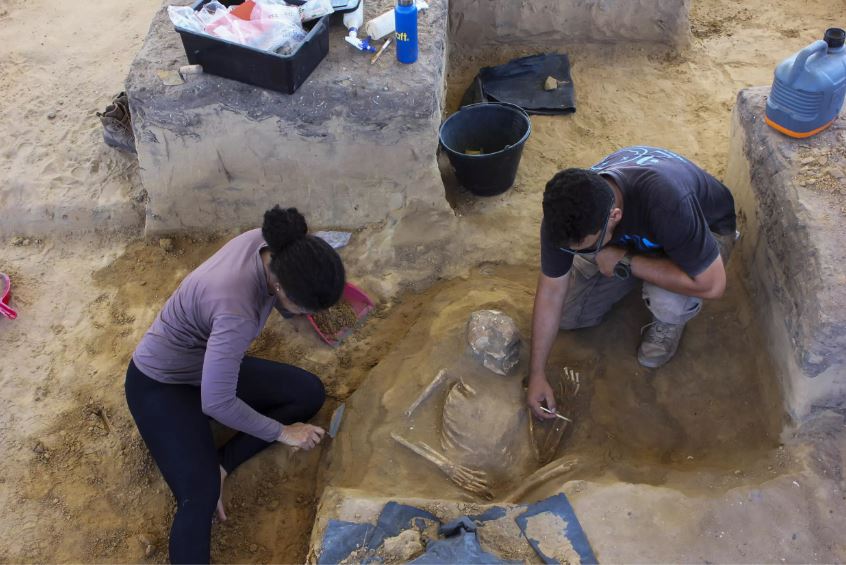
Workers had just begun building a new housing complex in northeastern Brazil when they began finding human bones and parts of vases, the edges of which had become so weathered by time that they had become smooth. They found an antique one treasure.
Excavations at the site in the coastal city of São Luis soon revealed thousands of artifacts left by ancient peoples 9,000 years ago. A treasure that archaeologists say could rewrite the history of human settlement in Brazil.
Wellington Lage, the lead archaeologist on the excavation, says he had no idea what he was up to when Brazilian construction giant MRV hired his company, W Lage Arqueologia, in 2019 to conduct an archaeological study of the site, part of a regular study. . The process, in the context of preparation for the construction of a residential building.
Covered in tropical vegetation and bordering the São Luís metropolitan area, the capital of Maranhão state, A plot of land of six hectares (15 acres) It was known as Rosanne's Farm, after the daughter of a late local landowner. While investigating the area, Lage learned that interesting remains had been found there since the 1970s, including part of a human jaw in 1991.
His team soon found more: tons of stone tools, ceramic shards, shells and decorated bones.
In four years of excavations, they discovered 43 human skeletons and more than 100,000 artifacts, according to the Brazilian Institute of National Historical and Artistic Heritage (IPHAN), which announced the discovery this week, describing it as “remarkable.”
The researchers now plan to catalog the objects, analyze them in detail, display them, and publish their findings.
“We have been working for four years and have barely scratched the surface.”said Laje, a 70-year-old São Paulo resident whose wife and two children are also archaeologists.
Rewriting history
Preliminary results are already attracting interest in the scientific community. Lage says his team — which has grown to 27 people in total, including archaeologists, chemists, a historian and a documentary filmmaker — has found four distinct periods of habitation in the area.
The upper layer was left by the Tupinamba people, who inhabited the area when European settlers founded the city of São Luis in 1612. This is followed by a layer of artifacts typical of the peoples of the Amazon rainforest, and then “Sambaki“: a pile of pottery, shells and bones used by some indigenous groups to build their homes or bury their dead. At the bottom, about two meters below the surface, is another layer, of which a group has been left They made primitive pottery and lived about 8,000 to 9,000 years ago. Based on depth of discovery.
This is much older than the oldest documented “pre-Sambak” settlement found so far in the area, which dates back to 6,600 years ago, Lage said. “This could completely change the history of not only the region, but the entire Brazil.” He told AFP.
Scientists have long debated when and how humans arrived and populated the Americas from Asia. The discovery of Laje suggests that they colonized this region of present-day Brazil at least 1,400 years earlier than previously thought.
'known teacher'
Archaeologists now plan to more accurately date the artifacts using isotopic analysis. Ivan said in a statement that the region “truly constitutes a milestone in understanding prehistoric Brazil.”
“It is a testimony to the long history of human settlement (in the region), proving that it predates anything previously recorded in Brazil.”
Archaeologist Arkle Bandeira of the Federal University of Maranhão, which is building a laboratory and museum to house the artifacts with funding from the MRV, said in a statement that the site could provide valuable new insights into the ancient culture and history of lost peoples of the past.
“These findings… play a crucial role in telling our long history,” he said.
source: FOXreport.gr
Google Assistant: The end of the era of 17 functions – what is changing?
How did we “die” the United States by a million square kilometers without anyone realizing it?

“Hipster-friendly coffee fanatic. Subtly charming bacon advocate. Friend of animals everywhere.”

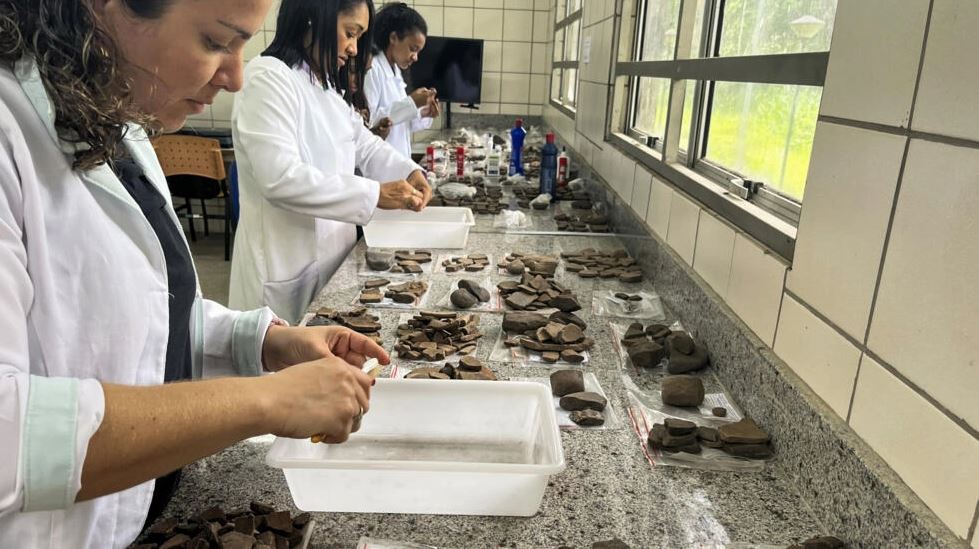
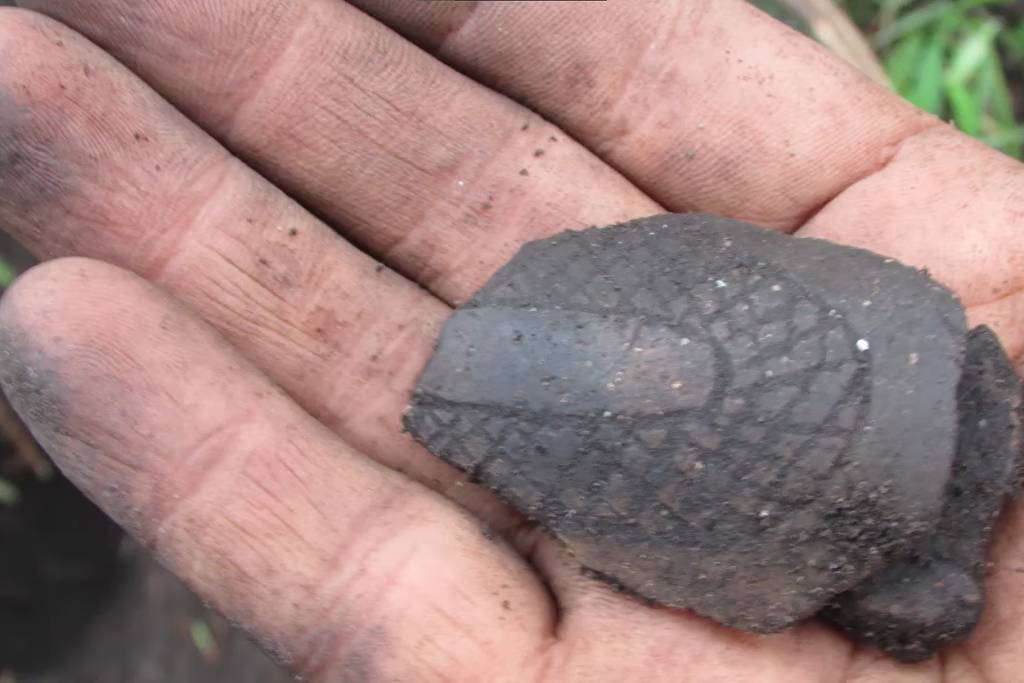
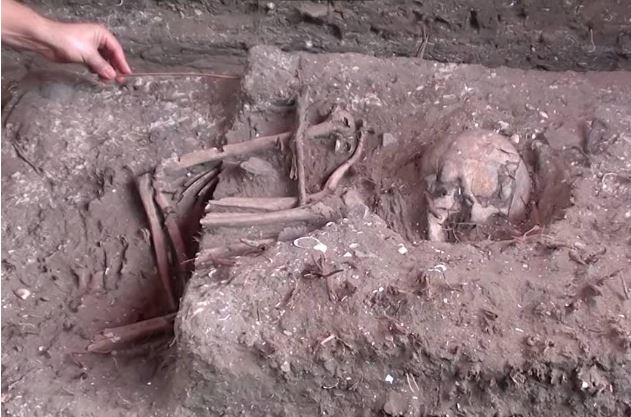
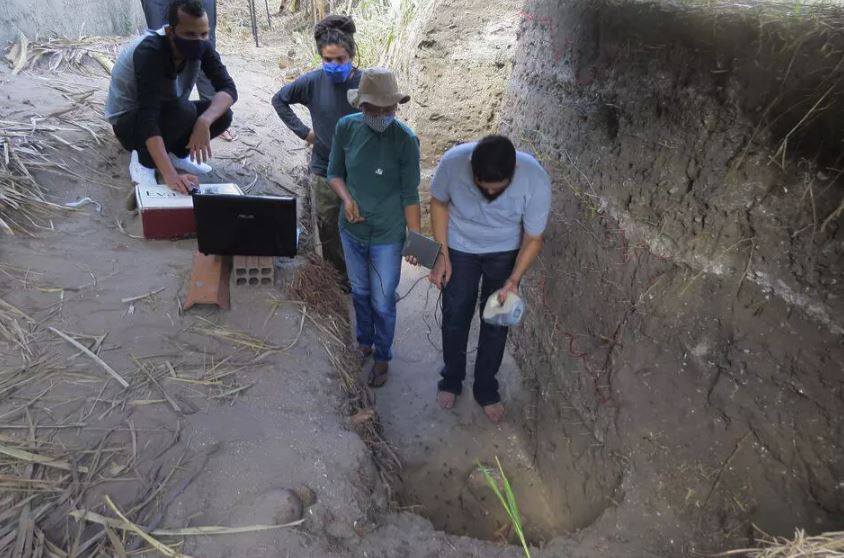
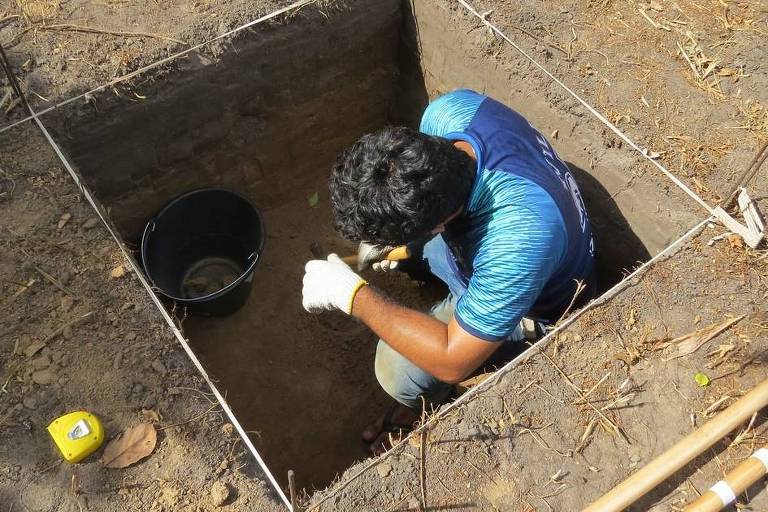




More Stories
2024 Olympics: What does the rider who crossed the Seine symbolize (video)
He is the “Hitler of our time.”
Woke Agenda: Infuriates Elon Musk, Burns Politicians, Targets the Secret Service